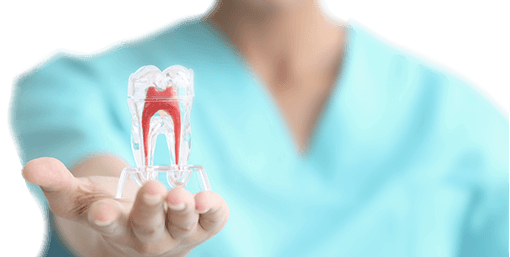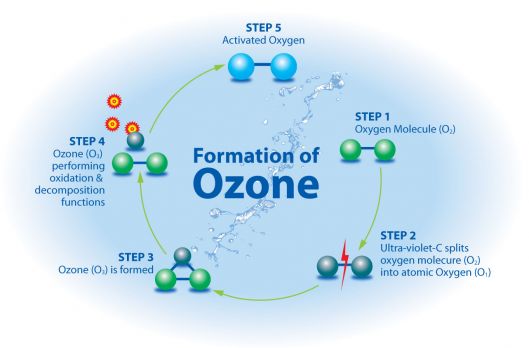
REFERENCES
Ozone has long history of safe use in disinfection of municipal water, process water, bottled drinking water, and swimming pools.

Ozone is a gas composed of three atoms of Oxygen and present naturally in the upper layer of atmosphere in abundance. It is constantly formed by action of ultraviolet light emitted by the sun on oxygen molecules. Ozone thus constitutes in the stratosphere a shield that prevents the ultraviolet radiation, which causes biological damage (skin cancer) from passing to the earth's surface. Without ozone in the upper atmosphere, life on earth would not have evolved and could not exist today.

It is an unstable gas and it quickly gives up nascent Oxygen molecule to form Oxygen gas. Due to the property of releasing nascent Oxygen, it has been used in human medicine since long back to kill bacteria, fungi, to inactivate viruses and to control hemorrhages.
Ozone has long history of safe use in disinfection of municipal water, process water, bottled drinking water, and swimming pools. More recent applications include treatment of wastewater, dairy and swine effluent, cooling towers, hospital water systems and equipment, aquariums and aquaculture, water theme parks, and public and in-home spas.
In nature, ozone is formed by UV irradiation (185nm) from the sun and during lightening discharge. Commercially, UV-based generators pass ambient air (20% O2) across an UV light source, typically less than 210nm.
There are three typical systems for generating ozone gas2:
• Ultraviolet System: produces low concentrations of ozone, used in esthetics, saunas, and for air purification.
• Cold Plasma System: used in air and water purification.
• Corona Discharge System: produces high concentrations of ozone. It is the most common system used in the medical/ dental field. It is easy to handle and it has a controlled ozone production rate.
References
Rajeev, KG., 2009. Ozone: A new face of dentistry.
International Ozone association. http://www.ioa-ea3g.org. Cited on 2018 Mar. 7th.
Trevor, S. 1998. Basics of Ozone applications for postharvest treatment of Fruits and Vegetables.
